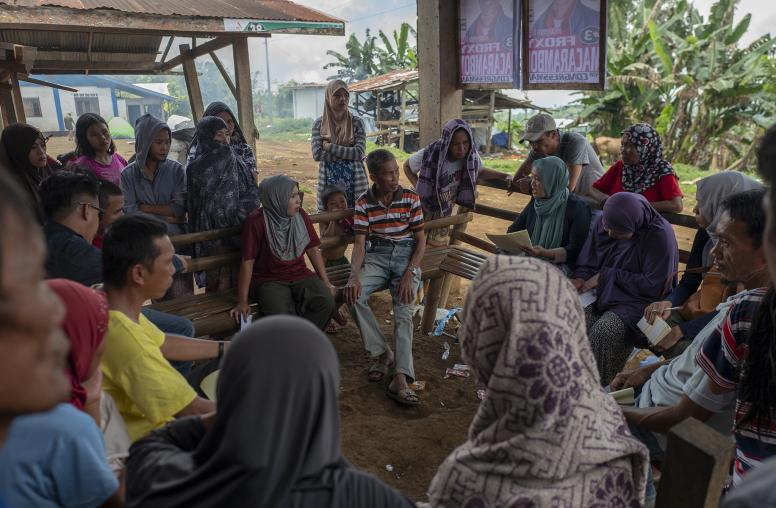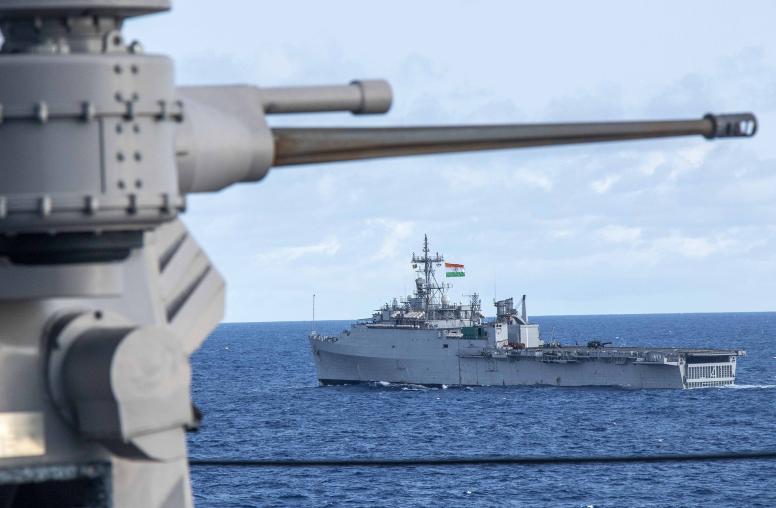Debating the U.S. Military's Role in International Peacekeeping
Developed for the 2001-2002 Essay Contest, this guide contains mapping activities on the locations of military forces and peace operations, a simulation exercise on a fictional crisis in "San Dimas", a Kosovo case study, and bibliographic materials that look at issues related to peace operations, national security, and military operations.
Objectives of the Teaching Guide
- To assist students in gaining an understanding of US foreign policy, history, and the nature of peacekeeping and peace enforcement operations.
- To make students aware of the current debate on the U.S. military’s role in international peacekeeping
- To provide teachers with lesson plans, bibliographic sources, and factual material to assist them in preparing students to write essays for submission to the National Peace Essay Contest.
- To enable classroom teachers, contest coordinators, and students to:
- Understand the overall theme of the essay topic;
- Define and understand concepts contained in the essay question;
- Identify current U.S. military deployment abroad;
- Review bibliographic resources and select sources for research;
- Analyze opposing viewpoints on U.S. involvement in peace operations and formulate a thesis for essays;
- Examine cases of U.S. participation in peace operations and apply that information to the essay;
- Write, edit, and submit essays to the United States Institute of Peace.
- To meet National Content Standards in Civics, Language Arts, Life Skills, U.S. History, and World History.




